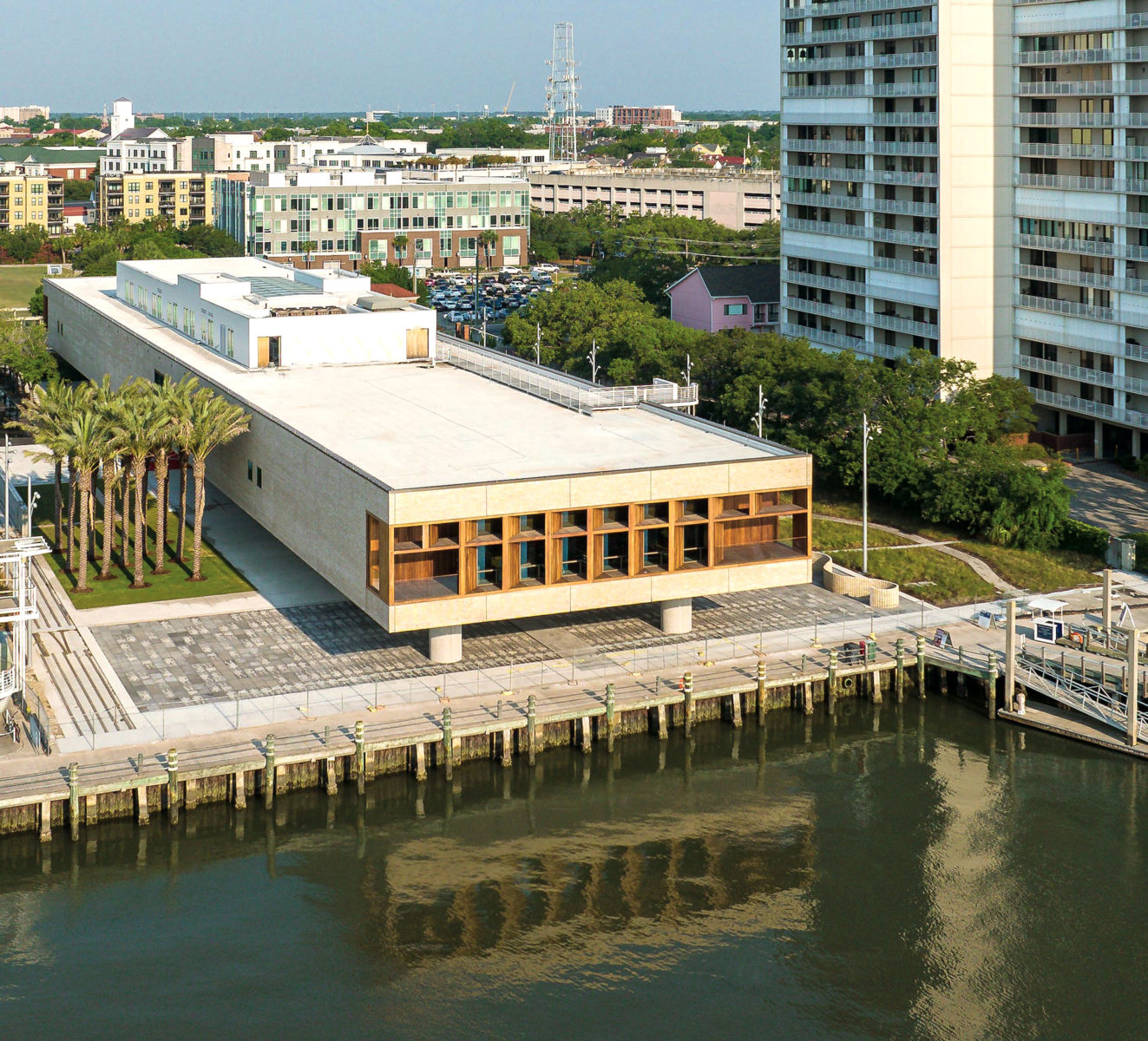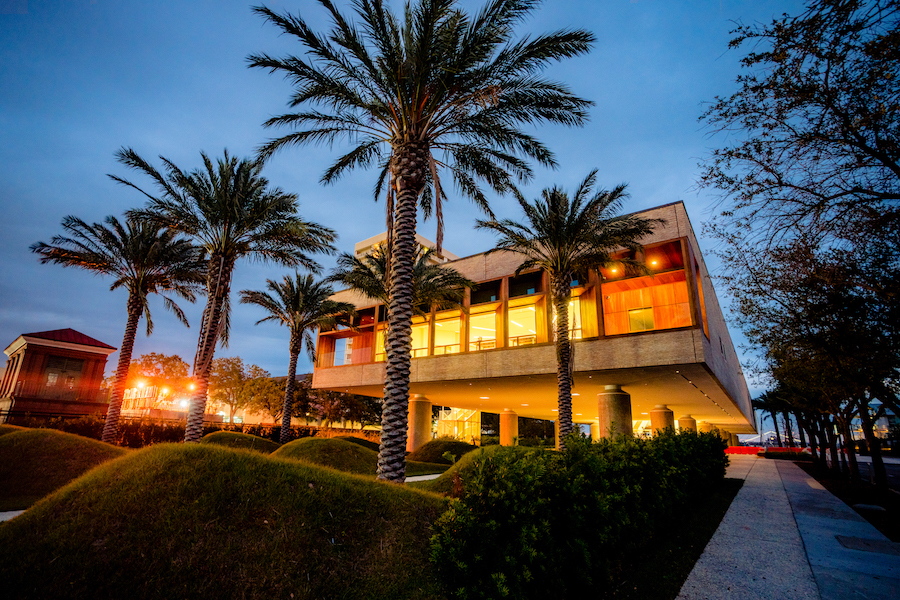National Geographic: These African American history museums amplify the voices too often left unheard
Through the 18th and 19th centuries, the predominant opinion in the United States was that Black Americans had no history, says Joy Bivins, director of the Schomburg Center for Research in Black Culture in Harlem, New York.
“Black history museums began to exist in the mid-20th century as a response to Black Americans not being in existing museums,” says Bivins.
Founded in 1925, the center was one of the first public spaces in the U.S. to delve into a history largely ignored or whitewashed by mainstream museums. It curated exhibits, protected artifacts, and shared first-hand perspectives from the Black community. It was a pioneer in what has become known as “first-voice” museums, says Malika Pryor, chief learning and engagement officer at the recently opened International African American Museum in Charleston, South Carolina.
She describes these museums as being born from community history rather than “stolen” artifacts—an initiative that sprouted with Indigenous communities. “We tell the stories of people who have either been completely left out of [mainstream] institutions or whose objects—as extensions of their lives—have been interpreted in a way that is not an [accurate] reflection,” she says.



